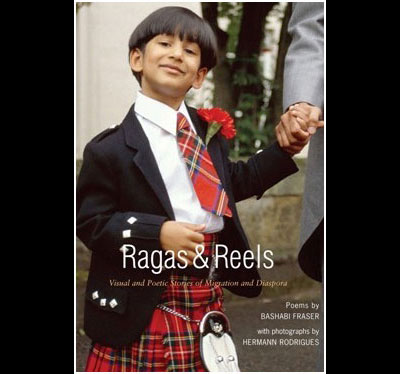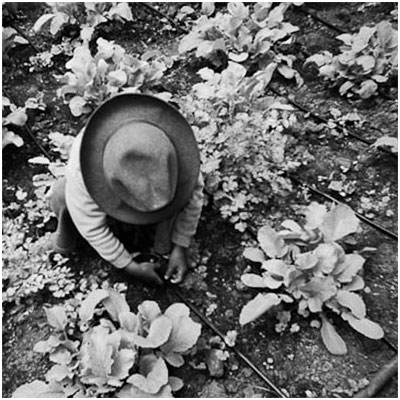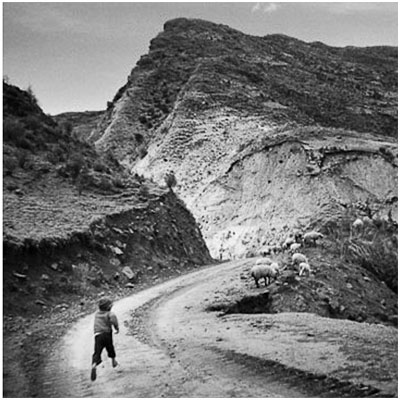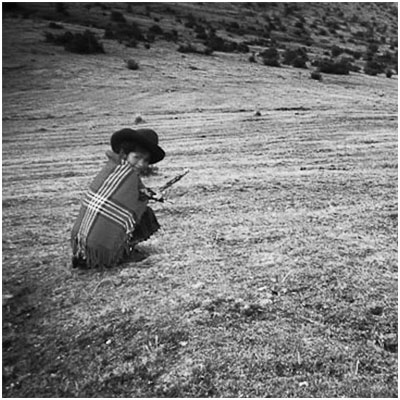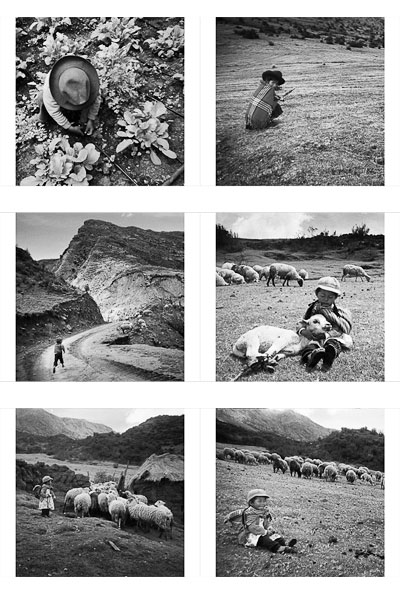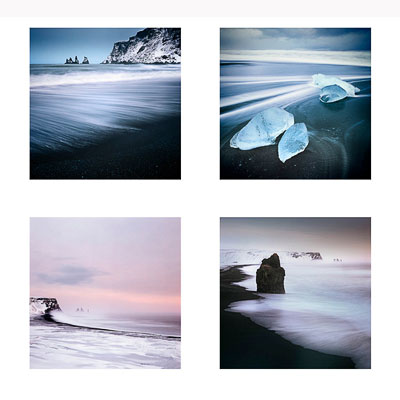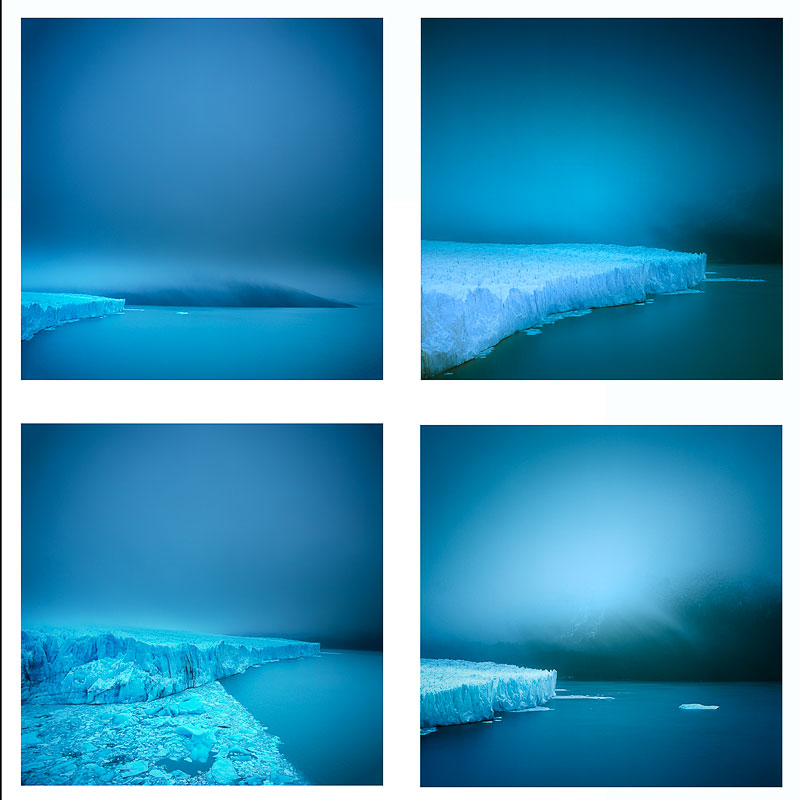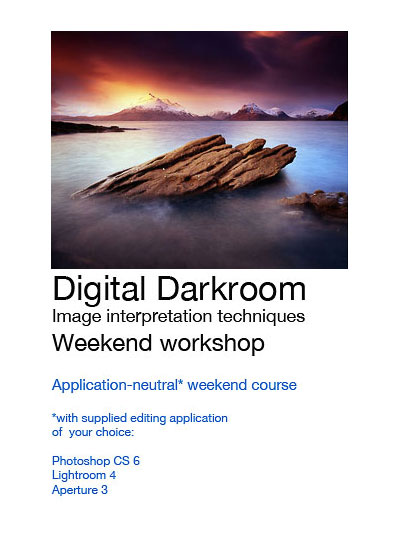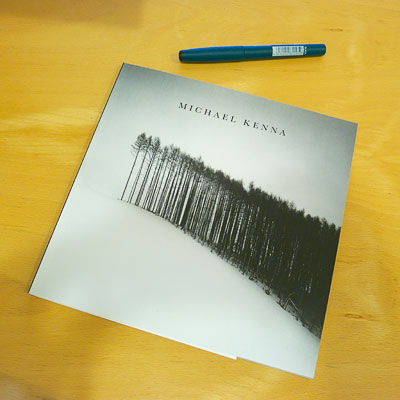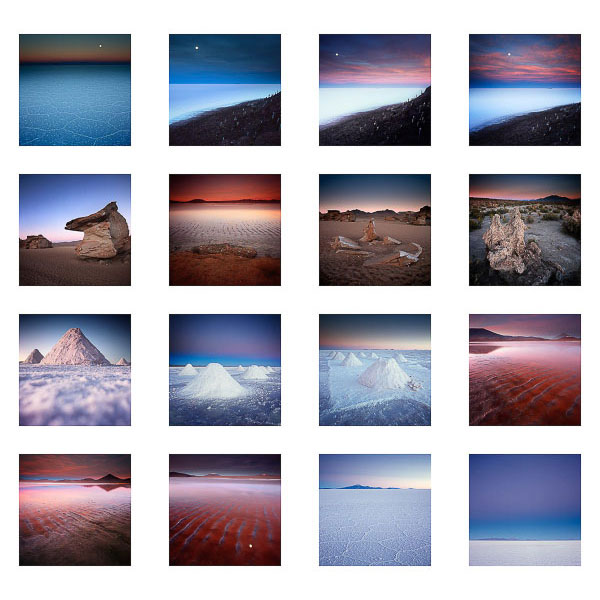I think that as photographers we are, at the core of our natures - inquisitive about our environment. Or at least, I feel we should be. For a while now, I've been thinking that it's all very well to make beautiful images, but beauty is perhaps not enough in terms of our own progress and development of our art.
I might put forward the idea that to create beautiful images alone could be a shallow endeavour, certainly from the point of view of how we progress and move forward. Surely we have to feel something for our subjects in order for our art to 'grow'?
With this in mind, I find these days, that going to a location simply because it is 'stunning' is not enough of an attraction for me. There has to be depth to the subject at hand. I have to have been pulled in and inspired in a way that I want to tell a story about it. And photographers tell stories not just with one image, but often a collection of them.
I'm particularly fond of portfolios, where the collection of images contained therein, feel cohesive, and hopefully tell a story (be it in the mood they convey - through colour and tone, or more literally).
This week, I was handed a copy of 'Ragas & Reels' by a co-worker who shares my office space here in sunny Leith, Edinburgh. Ash is originally from Rajasthan, and told me of his father's book. He described it as a portrait of an indian's view of being indian and also Scottish at the same time. The cover intrigued me, because I always like it when someone finds a story in overlapping cultures. In this book of poems and images, we have just that - the cover alone tells me that this book is about indians finding a home in Scotland and the overlapping embrace of two cultures.
I think it's great when someone finds a subject to explore, because it gives the photographer a direction - a channel in which to focus their photography: going out there aimlessly making images is enjoyable and I see no problem with this, but there does come a time when there feels as if there has to be a reason for what you do, and we are all eventually looking for a story to tell.
On the subject of diaspora, I do find it intriguing how cultures merge and evolve (or not) through migration. Less so from a political point of view, but more so from the contradictory aspects that must surface for those who move into a new country. I mention this, because the Scots (of which I'm one of them) have landed in just about every continent since the 1800's. One area I feel I have a deep connection with is Patagonia - there's something familiar about the place for me - climate wise, it's not too dissimilar from the north west of Scotland, and sometimes the pampas remind me of the bleak far north of Scotland as well. So it was with surprise to discover that there are a lot of Scottish Chilean's. Yep, Patagonia has a great deal of Chileans of Scottish descent who emigrated there in the 1800's as sheep farmers.
I have to ask myself: is the landscape familiar because I can recognise part of my homeland of Scotland in it? Does a sense of a place come from those who worked it? - it's an inquisition that I often find myself wondering about while I'm there (a yearly occurrence for me). I'd like to think there is a spirit to the landscape that has been formed by those who lived on it.
Maybe some day I might tell a story of it through my own images. But I do find the concept of little books such as 'Ragas & Reels' inspiring, because they allow me to see a relationship between photography and where we are.

